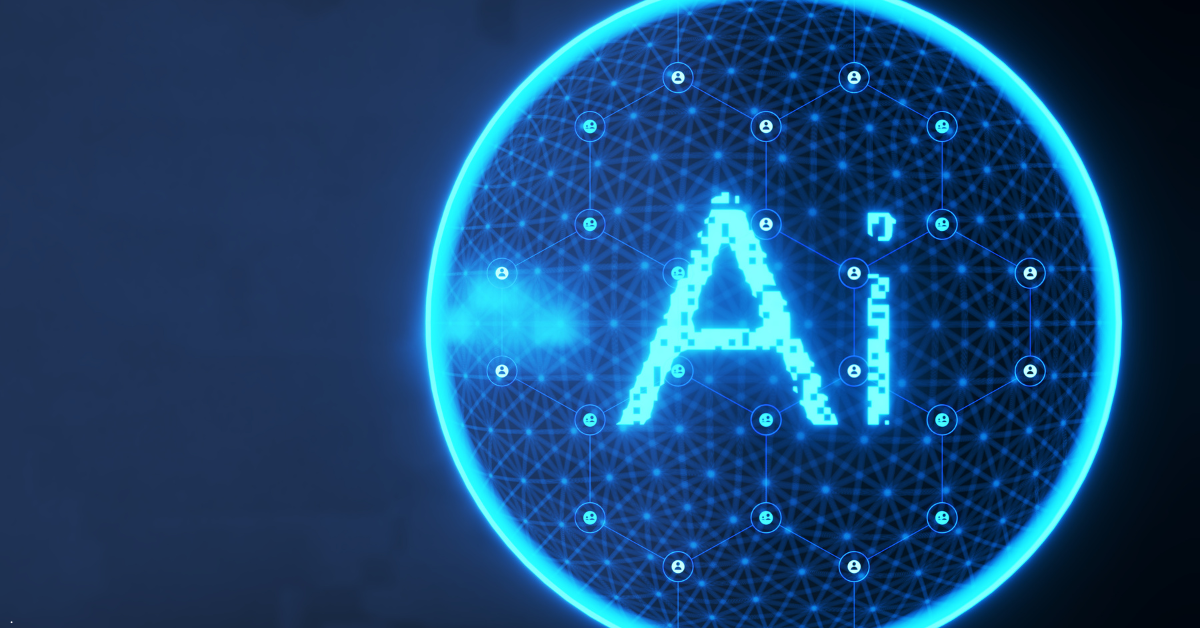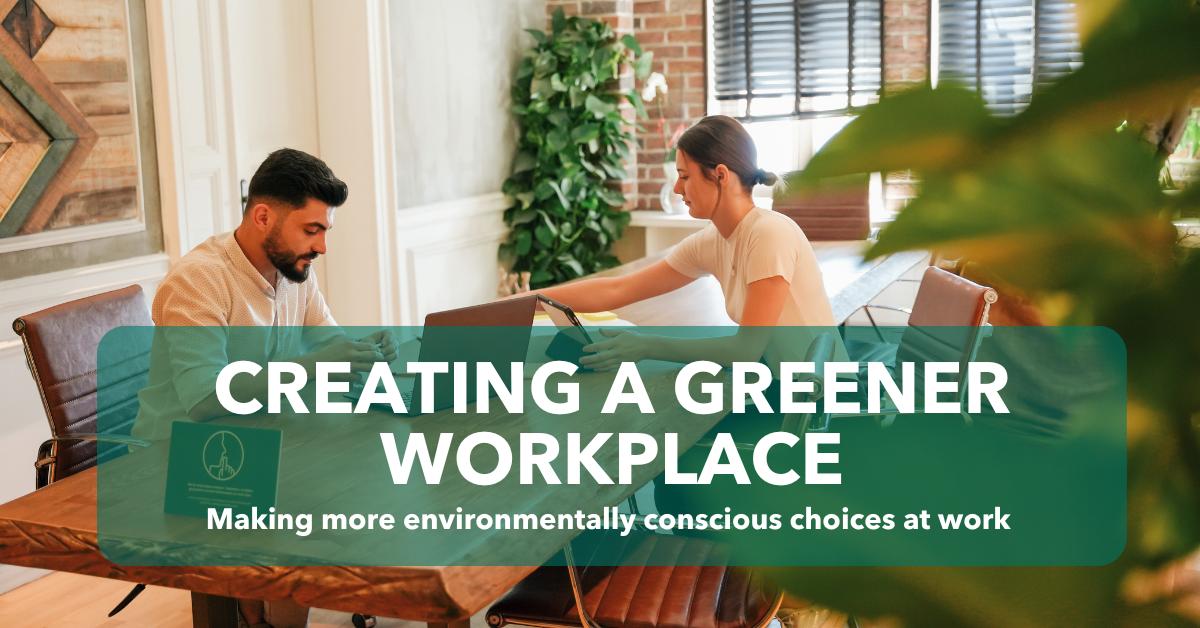Author
: Ada Tai, MBA, CPHR, SHRM-SCP
Our house needed some special repairs. My spouse and I had never hired a specialist for this type of work before. Instead of trying to figure out where to start, we used an AI tool that instantly gave us the steps and tips we needed and even helped us prepare a quote-obtaining template! For work, I have been using and implementing an AI-powered tool in our business that helps improve our writing. We also used an AI-powered tool for our clients' engagement surveys. Again, AI tools have benefits in everyday life and work.
Artificial Intelligence is changing every industry and unlocking many possibilities. According to Accenture, three-quarters of organizations now prioritize AI over all other digital investments 1
. This shift could inspire excitement and confidence in HR professionals. However, are you ready to use AI to improve your HR programs and practices?
A survey 2
among 600 HR managers and directors in the UK showed that 40% of these organizations need at least three years to prepare for AI. Only 15% said they would be fully prepared within a year, despite many reporting that they know the importance of AI in their workplace. There could be many reasons why adopting advanced technologies is difficult, such as budget, resources, leadership and culture, state of the business and business priorities. Common concerns shared by HR leaders in the same survey 2
are a lack of human interaction and becoming over-dependent on technology, technical issues, security, privacy, and ethical considerations.
In my opinion, AI and other advanced technologies reduce the need for superior technology skills, but they amplify the need for interpersonal skills and emotional connection among employees. This underscores the crucial role of the HR department in guiding the organization through any AI-driven change, ensuring that the right people and skills are in place to leverage new technologies effectively.
The HR department can play three critical roles in technology transformation:
Re-designing Jobs and Re-training the Workforce
As AI eliminates many repetitive and low-value tasks, HR can take this opportunity to reorganize jobs to better align with the business's goals and make them more engaging for employees.
The typical steps for reconfiguring a job include:
1. Breaking down existing job roles into major tasks, identifying repetitive and low-value duties suitable for AI automation.
2. Analyzing the remaining tasks based on the organization's priorities and objectives to understand the missing skills in the workforce and the additional skills required. The below table shows an example of a Learning & Development (L&D) Specialist role.
| Examples of AI-suitable tasks |
Examples of poeple-suitable tasks |
- Distribute training needs assessment
- Collect and analyze the assessment results
- Create training schedule
- Prepare certain aspects of training materials and access
- Gather attendees' feedback and evaluate training effectiveness
- Track and maintain records
- Etc.
|
- Define the short to long-term training strategy, focus areas and execution plans
- Cultivate relationships across the organization to understand the needs of each business area and develop the learning architecture for the enterprise
- Collaborate with cross-functional teams to define success metrics and report on the results and the overall impact
- Create career path models to identify areas of opportunity
- Etc.
|
3.
Design the remaining tasks to create new, engaging positions leveraging human intelligence.
4.
As the above example (in the right column) shows, the reimagined L&D position now focuses on more strategic-level tasks and emphasizes collaboration and stakeholder engagement skills. Businesses need to invest in training, upskilling or reskilling programs, mentorship and coaching opportunities, and hiring individuals with the necessary skills. The key is actively involving employees in the process and gathering feedback to enhance training programs.
Influencing Change
HR can be the influencer to foster a culture of continuous learning where employees are encouraged to develop new skills throughout their careers. This means helping employees understand how their roles might change and supporting them as they move into new positions or explore different career paths within the company.
Focus on the Employee Experience
McKinsey surveyed workers in Canada, the US, and the UK and found some surprising things about AI talent in companies 3
. They discovered that there are more people who can work with AI than most leaders think. This group is growing fast, and it's not just tech people like data scientists or software developers. It includes all sorts of employees! Interestingly, these workers say they need more "soft skills" like communication and problem-solving to do their jobs well, not just tech skills. Furthermore, the survey shows that compensation isn't the main reason people want to work with AI. The well-known attraction and retention factors such as the work environment, culture, supervisor, and meaningful work are still more important.
The introduction of AI can cause anxiety among employees, particularly regarding their job security and potential changes. To address these concerns, HR can involve employees in technology integration. Engaging with employees at all levels to assess what tools the employees may need and get their input on how AI could improve their work processes and experience. This helps employees understand that AI is a tool to enhance their jobs, not a replacement for their jobs.
According to the World Economic Forum’s Future of Jobs Report 20234, 6 out of 10 workers will require retraining before 2027. This means that those of us working in HR have limited time to prepare ourselves and our workforce for advanced technology adoption. HR will play a crucial role in predicting future skill requirements, redesigning jobs, and guiding employees through any AI-driven changes. It is essential to build and maintain employee trust, starting with clear communication and ensuring that ethical and privacy guidelines are up to date.
2.
Webber, A. (2021, September 2). Two in five HR leaders need three years to prepare for AI. Retrieved Apr. 30, 2024, from
https://www.personneltoday.com/hr/hr-prepare-for-ai-yoho-survey/
4.
World Economic Forum. (2023). The future of jobs report 2023. Retrieved May 6, 2024, from
https://www.weforum.org/publications/the-future-of-jobs-report-2023/
I see. I hear. I experience.
is a column created by and written by Ada Tai, a chartered member of CPHR Alberta. The column is written in a blog format where Ada and invited co-authors will present their own experiences and interpretations of the world of human resources and its impact on business management. This and the subsequent posts are copyrighted materials by the author(s) and only reflect their personal views, not CPHR Alberta’s.
Author bio:
With an MBA Degree, a CPHR, and an SHRM-SCP designation, Ada Tai has been working as an HR professional in a variety of industries for 15+ years. Through her consulting firm, Ada and the team provide a variety of strategic and pragmatic management consulting services. Ada’s public speaking skills have enabled her to be regularly invited to speak about HR, people management, career search, and networking topics throughout the province. She is also a well-respected Instructor at local universities.
Contact information:
BadaB Consulting Inc.
has been providing HR solutions and Business Technology consulting services since 2011. Renowned for their holistic and forward-thinking approach, the team has helped numerous clients establish future-proofed technology strategies and roadmaps by identifying and preparing the right infrastructure and people.






